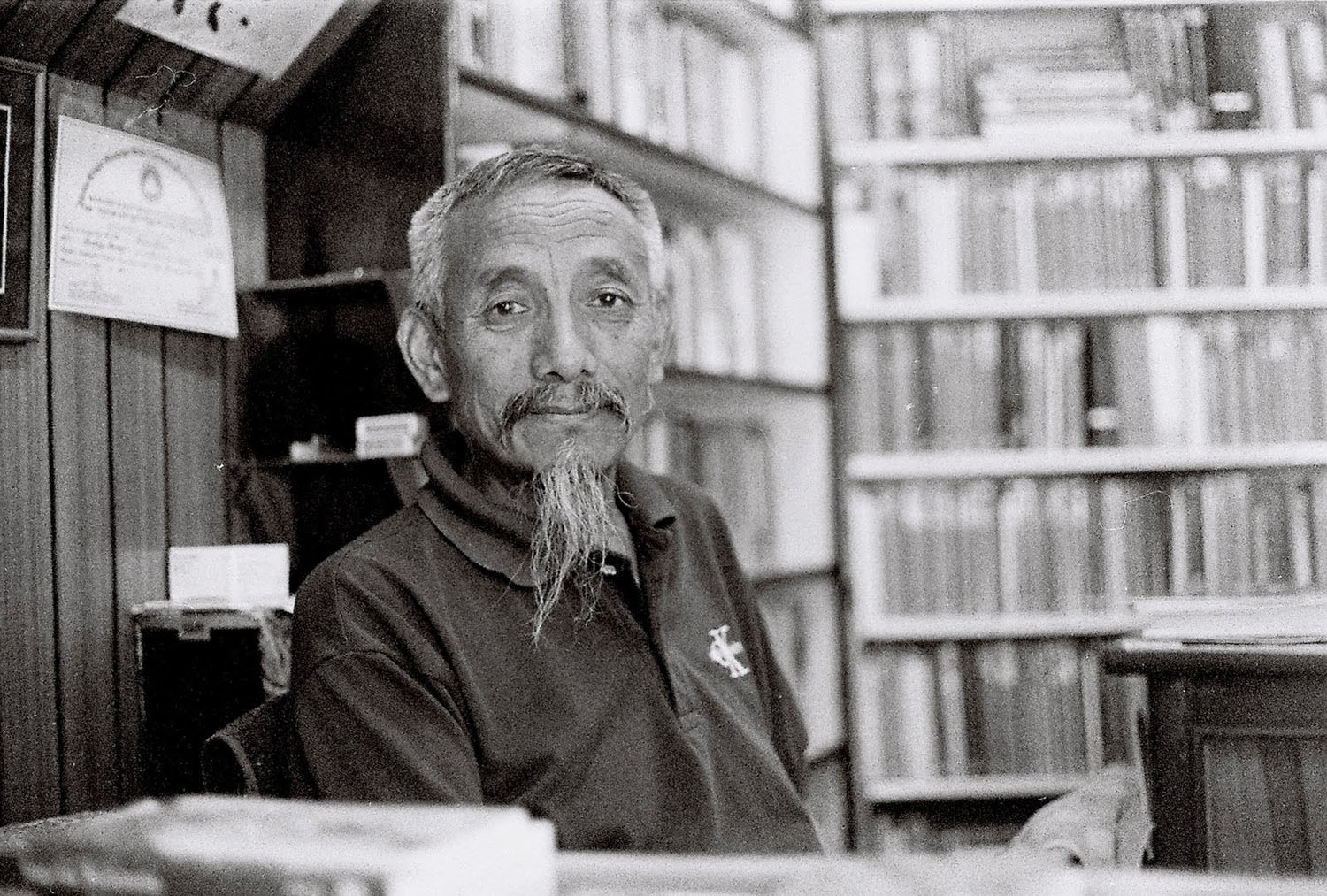
LHASANG
TSERING
Lhasang Tsering was born in Tibet in the Water Dragon year (1952) and escaped to India with his parents and two older brothers. In 1962 when he was the Central School for Tibetans in Mussoorie, he was selected to study at Wynberg Allen School in the same town. Following his school graduation he declined an offer to study medicine in the USA, and joined the Tibetan resistance force based in Mustang in Western Nepal.
When this Mustang base was closed in 1974, Lhasang Tsering returned to Dharamshala. He worked for a while in the Tibetan Office of Research and Analysis. The staff of the Tibetan Children’s Village and helped the director Jetsun Pema to develop the TCV elementary school into a proper high school and served as its Principal 1976 to 1982. During those years he was also instrumental in starting the T.C.V. schools in Ladakh and in Bylakuppe. He also develop the T.C.V. School in Lower Dharamshala into a regular school for children with parents in exile that made it possible for children escaping from Tibet to be accepted in the main T.C.V. School.
On instructions from the Dalai Lama Lhasang Tsering joined the Information Office of the exile government in March 1983. Among other things; he developed the Narthang Publications Project and the present Narthang Building housing the Department for Information and International Relations (D.I.I.R.). Planning for the future computerization of the Tibetan language, and intending to design a frequency-based keyboard for Tibetan; he conducted a frequency study of the Tibetan language. He also developed a new font for printing Tibetan. In 1986 he was elected President of the Tibetan Youth Congress.
When the widely politicized political protests for independence took place in Lhasa at the end of 1988 and again in March 1989; he was able to respond to those protests by organizing peaceful protests and hunger-strikes in New Delhi and other parts of India. He also traveled widely all over India as well as to the U.S.A.; Canada; Europe; Thailand and Australia. In 1980 he also traveled inside Tibet for some three months. He lived in Japan for a year between 1978-79. While he was President of the Tibetan Youth Congress he also helped with the founding of the Tibetan Women’s Association and the National Democratic Party of Tibet (NDPT).
On June 15, 1988 Lhasang became the first Tibetan to oppose the Middle-Way Policy of His Holiness the Dalai Lama not to continue the struggle for independence but to seek only “genuine autonomy for Tibet within the Peoples’ Republic of China” through peaceful negotiations. In 1989 Lhasang was re-elected President of the Tibetan Youth Congress but because of difficulties arising from his opposition to the ‘Middle-Way Policy’ he resigned at the end of 1990.
He started the first bookstore in McLeod Ganj (BOOKWORM), not only to financially support his family but also to promote a reading culture in the exile capital.
In 1992, along with Mr. Tashi Tsering; Mr. Pema Bhum and Mr. Jamyang Norbu; Lhasang Tsering became one of the founders of the Amnye Machen Institute (Tibetan Centre for Advanced Studies) to promote an international and secular culture within traditional Tibetan society. From 1992 till 1999 he put aside his personal affairs and rendered full-time voluntary service at the Amnye Machen Institute. During those years; among other things; he helped with fund-raising; general administration; translation and editing. He resigned in 1999.
Since then, while helping his wife run the BOOKWORM; he has been doing some writing and he continues to talk to students; researchers and journalists about Tibet. He has also done some traveling. His first book: TOMORROW AND Other Poems was published in 2003. His second book: OCEAN OF MELODY – a translation of the Songs of the Sixth Dalai Lama was published in 2009. His third book: HOLD ON and other Verses was published in 2012.



